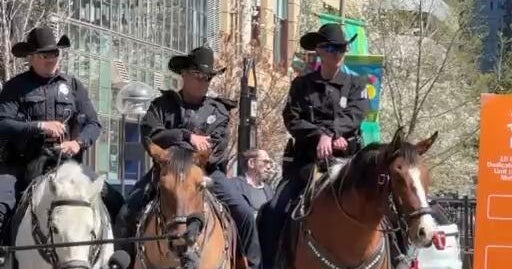Downtown Denver's Safety Overhaul: Mayor's Bold Plan Meets Resilient Business Spirit

In a bold move to revitalize downtown Denver's safety and atmosphere, Mayor Mike Johnston unveiled a comprehensive new strategy on Wednesday aimed at addressing urban challenges and restoring community confidence. The plan represents a proactive approach to creating a more secure and welcoming environment for residents, businesses, and visitors alike.
Johnston's initiative comes at a critical time, signaling the city's commitment to transforming downtown's public spaces and addressing ongoing safety concerns. By introducing targeted interventions and collaborative strategies, the mayor hopes to breathe new life into the heart of Denver and rebuild trust among its diverse community members.
While specific details of the plan were not fully disclosed, the announcement suggests a multi-faceted approach that likely involves enhanced law enforcement presence, community engagement, and strategic urban design to create a safer, more vibrant downtown district.
The safety plan is expected to be a key component of Johnston's broader vision for urban renewal and community well-being, demonstrating his administration's dedication to creating a more livable and dynamic city center.
